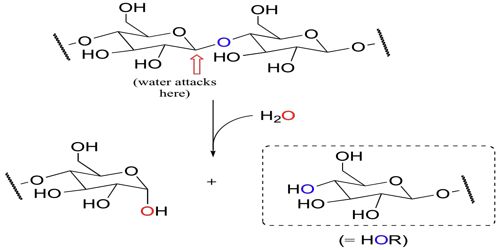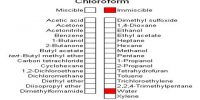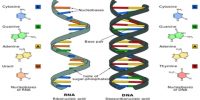Hydrolysis is the chemical breakdown of a compound due to reaction with water. The term mechanical digestion refers to the physical breakdown of large pieces of food into smaller pieces which can subsequently be accessed by digestive enzymes.
In Carbohydrate (CHO) digestion
Carbohydrates are broken down to provide glucose for energy. They are nutrients that provide your body with energy. Digestion predominantly occurs via enzymes lining the wall of the small intestine
Almost all the carbohydrates of the diet are large polysaccharides or disaccharides, which are themselves combinations of monosaccharides bound to one another by condensation. This means that a hydrogen ion has been removed from one of the monosaccharides, and a hydroxyl ion has been removed from the nest one.
The 2 monosaccharides then combine with each other at these sites of removal, and the hydrogen and hydroxyl ions combine to form water. When the carbohydrates are digested back into monosaccharides, specific enzymes return the hydrogen and hydroxyl ions from water to the polysaccharides and thereby separate the monosaccharides from each other.
This process, called hydrolysis, is the following (in which R”-R’ is a disaccharide).
R”-R’ + H2O → R”OH + R’H
In lipid digestion
Almost the entire fat portion of the diet consists of triglycerides (neutral fats), which are combinations of three fatty add molecules condensed with a single glycerol molecule. In condensation, 3 molecules of water have been removed. Digestion of the TGs consists of the reverse process; the fat-digesting enzymes return three molecules of water to the TG molecule and thereby split the fatty add molecules away from the glycerol. Here again, the digestive process is one of hydrolysis.
In Protein Digestion
Finally, proteins are formed from amino acids that are bound together by peptide linkages. In each linkage, a hydroxyl ion has been removed from one amino acid, and a hydrogen ion has been removed from the succeeding one; thus, the successive amino acids in the protein chain are bound together by condensation, and digestion occurs by the reverse effect: hydrolysis.
That is, the proteolytic enzymes return water molecules to the protein molecules to split them into their constituent ammo acids.
Therefore, the chemistry of digestion is simple because, in the case of all three major types of food, the same basic process of hydrolysis is involved. The only difference lies in the enzymes required to promote the hydrolysis reactions for each type of food.














